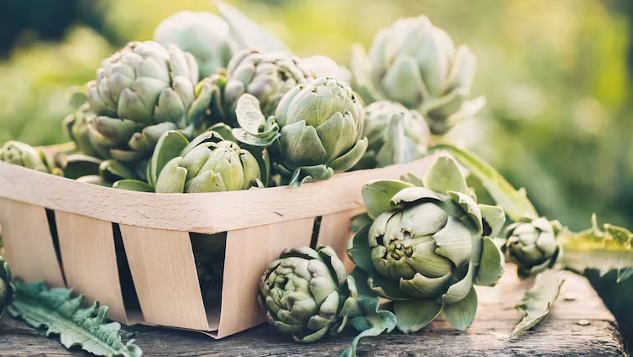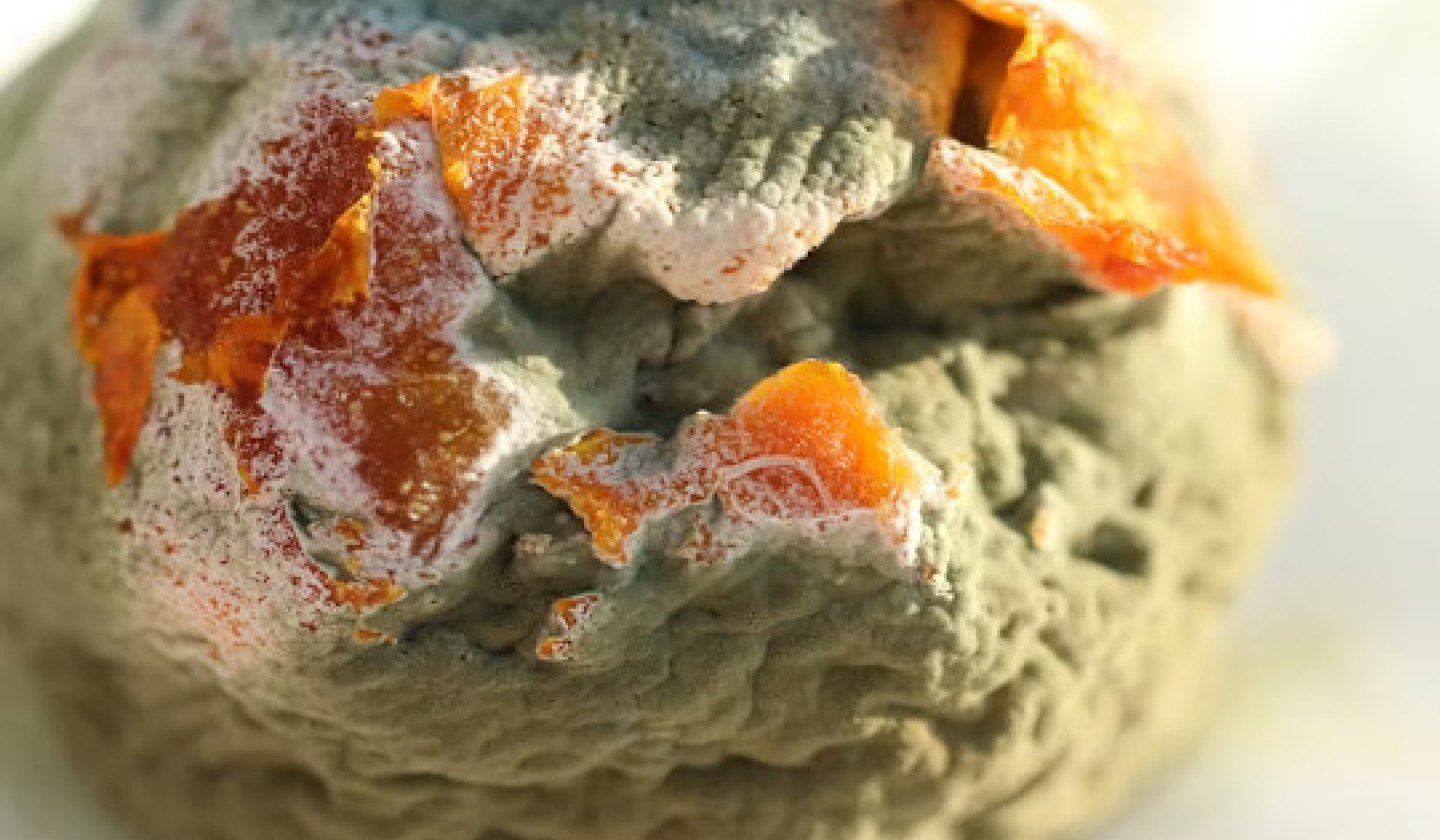Perhaps the word “polyphenol” means little to you, but they certainly mean a lot to your health. Polyphenols are a family of chemical compounds present in foods of vegetable origin and seaweed that have been studied over the last century for their health effects.
The beginning: taste and technology
Polyphenols were used for their technological properties long before they were named. Uses date back to Ancient Egypt, when chemicals in the bark of certain trees were found to bind with the collagen in animal skin, making leather. Indeed, this process came to be known as tanning for its ability to impart a deep colour, and when the compounds involved – a class of polyphenols – were identified, they were named “tannins”.
This ability of some polyphenols to bind with proteins is the same as what causes dryness in your mouth when drinking tea or wine. This sensation, known as astringency, comes from the interaction between tannins and salivary proteins in your mouth.
Natural antioxidants
In the 20th century, polyphenol uses were found to go beyond the merely sensory or technological. Polyphenols are natural antioxidants, which means they can counteract harmful free radicals in the body. These are particles known to cause common yet harmful conditions such as atherosclerosis.
In plants, polyphenols play the role of protecting against environmental hazards such as drought and UV radiation. When animals eat a plant, the polyphenols’ antioxidant properties then in turn counteract free radicals in the animal’s body. This antioxidant effect from foods is important for human health, since many diseases (cardiovascular diseases, cancer, type 2 diabetes, etc.) are characterised partly by an imbalance of free radicals, also known as high oxidative stress.
This generated widespread interest in polyphenols due to their potential health effects, and many studies were performed to test their antioxidant properties. However, the antioxidant effects which were clearly observable under laboratory conditions were much lower in human studies. This raised the question of whether polyphenols had beneficial health effects on the human body.
Much more than antioxidants
Over the last two decades, a few key pieces of the polyphenol puzzle have been added. This happened when several studies found that, once consumed, polyphenols are transformed by our bodies, mostly by our gut microbiota. What means that the compounds circulating in our bodies – known as “metabolites” once ingested and changed by our bodies – are quite different from the original polyphenols in the foods we eat, and they are present at lower concentrations after ingestion. For this reason, previous laboratory studies were partially inaccurate because they tested different forms and doses of polyphenols to those present in our bodies after eating foods which contained them.
But the good news was that, besides their antioxidant activity, polyphenols were also discovered to have many more properties. Their ability to interact with proteins – the same ability that tans leather and flavours wine – is also present inside our body. This means polyphenols have other positive effects on our bodies, such as promoting insulin signaling or decreasing inflammation. Over 8,000 different polyphenolic compounds have been identified in plants, which helps to explain why they interact with so many different proteins in our bodies and have so many different effects on our health.
Moreover, as mentioned, polyphenols are transformed by our gut microbiota to create useful metabolites. These metabolites are also, interestingly, food for many beneficial species of bacteria, so consuming polyphenols may also be associated with a healthier overall gut microbiota profile.
The combined effect of all these properties means that polyphenols help to lower the risk of cardiovascular diseases and type 2 diabetes. This has not only been observed in test tubes, but also in multiple clinical trials in different populations.
The gut-brain axis
Dietary polyphenols, it seems, still have more to show us, as we have seen over the last decade. Although much more research is still needed, some promising evidence shows that polyphenols may also help our cognitive function and improve our sleep. The mechanism for this is not easy to understand, as we typically think of our brains as being protected by the blood-brain barrier, which prevents many substances from entering our brains. There is, however, something known as the gut-brain axis.
It has been shown that some of the previously mentioned polyphenol metabolites, which are later absorbed by our digestive systems, can cross the blood-brain barrier. This means that they can enter the brain and have effects such as reducing inflammation in the brain, something associated with many neurological diseases.
Also, the previously mentioned effects that polyphenols have on the bacteria living in our colon are capable of affecting our mental health. Recent research has shown that our brains and intestines are connected by various signals and receptors.
This means we can link gut health to mental health by identifying, for example, the “melancholic microbes” that are associated with depression.
Polyphenols may, therefore, affect multiple processes in our brains because of their derived metabolites and how they modify our gut microbiota. This new field of research is very much in its infancy, with much left to be explored.
The future for polyphenol research
We have come a long way in our knowledge of dietary polyphenols over the last century. There are still many aspects to be studied: why not all individuals respond to polyphenols in the same way; the understudied field of macromolecular polyphenols; how to develop high quality intervention studies, and many others. Hopefully, we will have answers to some of these questions in years to come.
In the meantime, one thing we can be certain of is that increasing your daily intake of polyphenols through any food of plant origin will be beneficial for your health. So why not start today?![]()
Jara Pérez Jiménez, Doctora en Ciencia y Tecnología de los Alimentos. Científico Titular en el Departamento de Metabolismo y Nutrición del ICTAN-CSIC, Instituto de Ciencia y Tecnología de Alimentos y Nutrición (ICTAN - CSIC); Cara Frankenfeld, Faculty Scientist, MaineHealth Institute for Research (NOT University of Puget Sound), University of Puget Sound; Léopold L Fezeu Kamedjie, Maître de conférences, Université Sorbonne Paris Nord; Margaret Slavin, Associate Professor, Nutrition and Food Science, University of Maryland, and Valentina A. Andreeva, research scientist, Université Sorbonne Paris Nord
This article is republished from The Conversation under a Creative Commons license. Read the original article.

Related Books:
Salt, Fat, Acid, Heat: Mastering the Elements of Good Cooking
by Samin Nosrat and Wendy MacNaughton
This book offers a comprehensive guide to cooking, focusing on the four elements of salt, fat, acid, and heat and offering insights and techniques for creating delicious and well-balanced meals.
Click for more info or to order
The Skinnytaste Cookbook: Light on Calories, Big on Flavor
by Gina Homolka
This cookbook offers a collection of healthy and delicious recipes, focusing on fresh ingredients and bold flavors.
Click for more info or to order
Food Fix: How to Save Our Health, Our Economy, Our Communities, and Our Planet--One Bite at a Time
by Dr. Mark Hyman
This book explores the links between food, health, and the environment, offering insights and strategies for creating a healthier and more sustainable food system.
Click for more info or to order
The Barefoot Contessa Cookbook: Secrets from the East Hampton Specialty Food Store for Simple Entertaining
by Ina Garten
This cookbook offers a collection of classic and elegant recipes from the beloved Barefoot Contessa, focusing on fresh ingredients and simple preparation.
Click for more info or to order
How to Cook Everything: The Basics
by Mark Bittman
This cookbook offers a comprehensive guide to cooking basics, covering everything from knife skills to basic techniques and offering a collection of simple and delicious recipes.

























